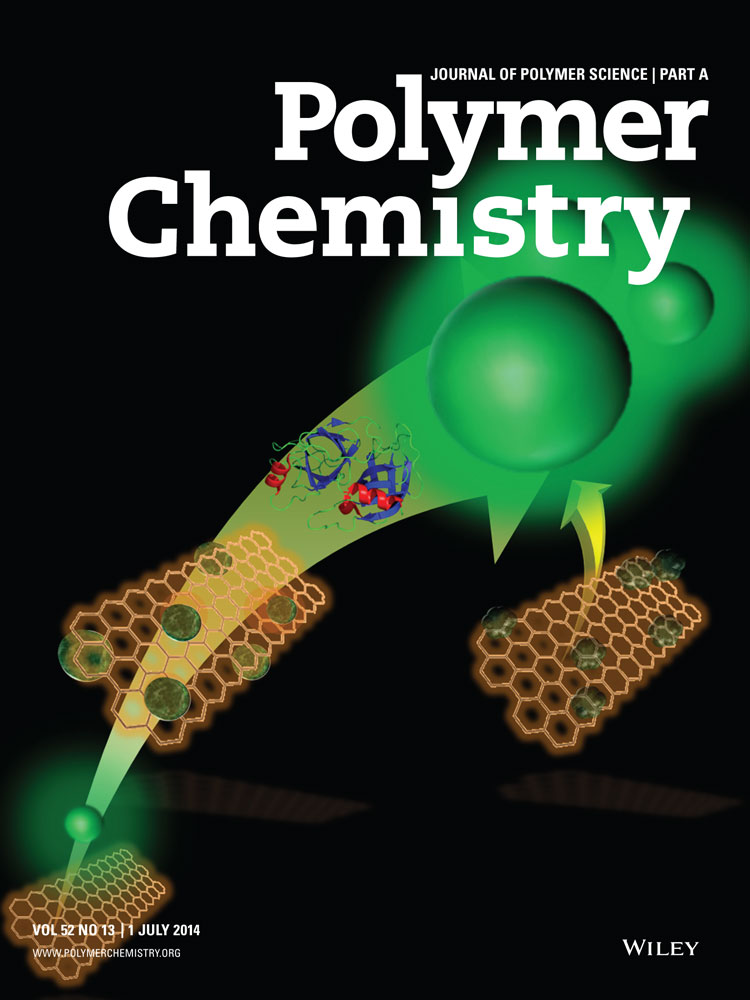Tailoring heterogeneous polymer networks through polymerization-induced phase separation: influence of composition and processing conditions on reaction kinetics and optical properties
ABSTRACT
Polymerization-induced phase separation from an all-monomeric system by direct copolymerization offers the formation of heterogeneous polymeric structures without reliance on polymer blends, block copolymers, or interpenetrating polymer networks. This study examines the potential for the formation of compositional heterogeneity in copolymer networks obtained by free-radical photopolymerizations of initially homogeneous mixtures of bisphenol A glycidyl dimethacrylate and isodecyl methacrylate as the comonomer ratios and polymerization conditions are varied. Comonomer proportions that control thermodynamic stability prior to (as determined by cloud point measurements) and during [as determined by turbidity measurements coupled with near-infrared (IR) spectroscopy] polymerization were shown to be a more influential factor on phase separation than irradiance-imposed kinetic control of the photopolymerization process. Through photorheometry coupled with near-IR and ultraviolet–visible (UV–Vis), the onset of phase separation was shown to occur at very low conversions and always prior to gelation (as estimated by the crossover of G′/G″). © 2014 Wiley Periodicals, Inc. J. Polym. Sci., Part A: Polym. Chem. 2014, 52, 1796–1806




